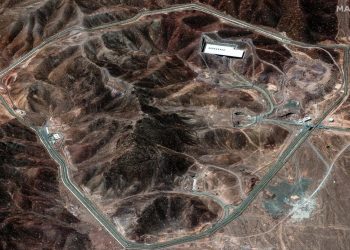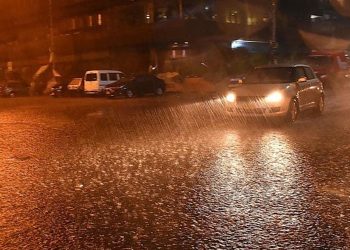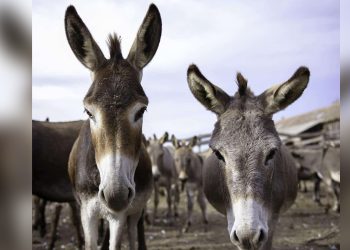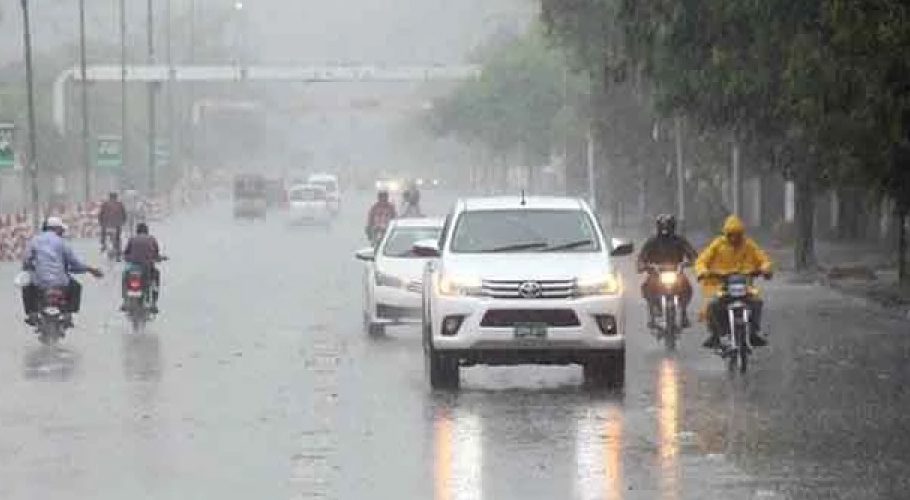Natural gas in India, like most other countries in the world, is a rare commodity, half of the country’s total population, about 70 crores (almost three times the population of Pakistan), still uses biomass (i.e., wood, animal waste, solid waste and hay bales) as a fuel.
India currently has only 17,000 km of gas pipelines. While in Pakistan, 143,000 km long gas pipeline delivers gas to homes. India has long been trying to convert its population to LPG, which is supplied in cylinders by state-owned companies like Bharat Gas, Indian Gas, HP Gas etc.
An Indian family is allowed to buy only 12 LPG cylinders per year at subsidized rates, i.e., only one cylinder per month. To get one cylinder per month at this discounted rate, an Indian citizen has to provide at least 21 different documents, including identity card, driving license, ration card, property documents, etc., and INR 2200 (approx. 7621 Pakistan Rupees) as a security deposit and sometimes a long wait, as LPG cylinders are not easily available everywhere.
How important it is for India to convert domestic consumers and industries to LPG can be gauged from the fact that their Prime Minister himself is running an advertising campaign to promote LPG cylinders and tell to the people how beneficial is the use of LPG. (Previously, the Indian Prime Minister has also been campaigning for the installation of toilets in homes, imagine how important this issue would have been, despite Modiji’s campaign for a clean India (Swach Bharat) for many years. An estimated 10% of India’s population still urinate in the open.
The price of LPG in India is also fixed by the government and is directly related to the price of petroleum products in the international market, as India is totally dependent on imports in the energy sector. And the price of LPG may vary from state to state, the current discounted price of a 14.2kg LPG cylinder for domestic use in Delhi is around INR 1103 (Pakistani Rupees 3790). While it is more expensive in the open market i.e., around INR 1450, which means that the price of gas provided by the Indian government at a discounted rate is equivalent to PKR 267 per kg. Which is closer to the open market LPG rate of 278 in Pakistan.
But the majority of the population in Pakistan uses natural gas delivered through pipelines, which is so cheap that it cannot be compared to LPG. In layman’s terms, one million British thermal units or one mmbtu of natural gas, which is supplied in Pakistan for a minimum of Rs 151 and a maximum of Rs 250, is equivalent to the thermal energy is equivalent to the energy obtained from 21.5 kg of LPG. And according to the LPG standard, the price of one mmbtu of natural gas should be 5740 Pakistani rupees or 1670 Indian rupees.
Hope you now understand how ungrateful we Pakistanis are, not only that we have the cheapest gas in the world but that gas is piped directly to our kitchens. No hassle of carrying gas cylinders and no risk of explosion.
It is also important to understand that we Pakistanis consider our natural gas price and supply with this facility to be trivial, that is the reason why we have extravagantly used this great gift of nature and this precious facility provided by the government. Due to which today we are facing shortage of natural gas, and when the government tries to control this shortage by load shedding in certain hours, we make a fuss over this administrative process. The matter goes beyond demand and condemnation to the cursing and humiliation of our country, without thinking or appreciating the great blessing that we are one of the few luckiest countries or nations in the world who have access to natural gas at such cheap rates at their homes through the widest network of pipelines.
Let’s pledge to appreciate all that is good in our country, and be realistic and pragmatic instead of needlessly cursing the country, belittling it and screaming like little children about everything.




























